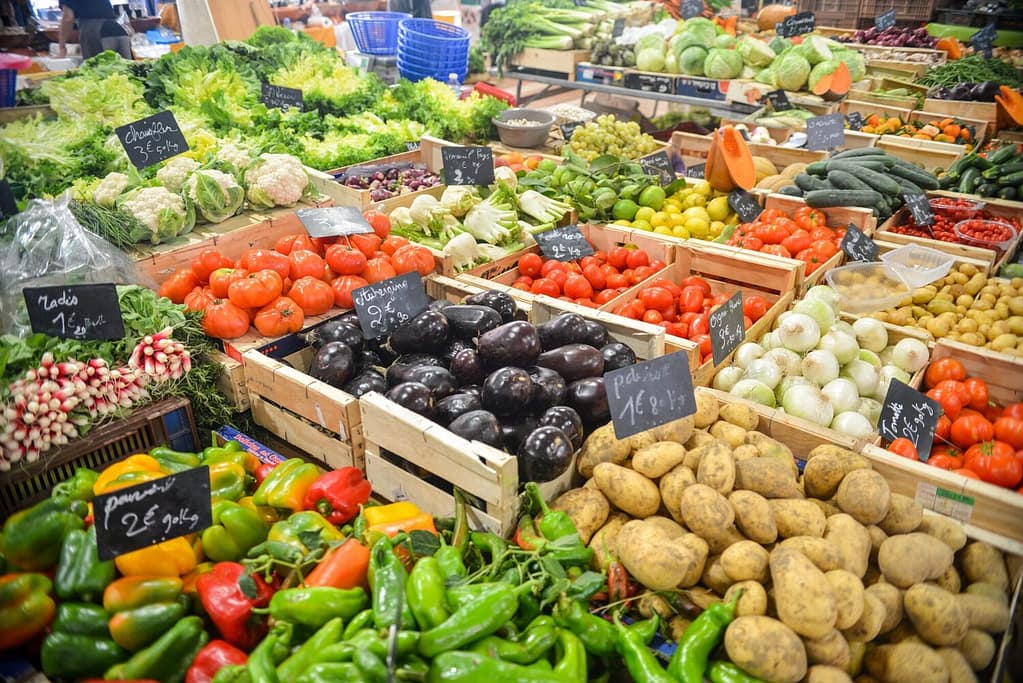
The Evolution of Food Markets
Food markets have existed since ancient times, serving as centers for trade, culture, and community. From bustling bazaars in the Middle East to modern supermarkets, food markets have continuously evolved. Today, they remain vital in providing fresh produce, supporting local economies, and preserving culinary traditions.
Types of Food Markets Around the World
- Farmers’ Markets: Known for fresh, seasonal produce and handmade goods.
- Street Food Markets: Vibrant hubs offering diverse ready-to-eat dishes. Examples include Thailand’s floating markets and Singapore’s hawker centers.
- Specialty Markets: Focused on specific items like organic foods, gourmet cheeses, or international products.
Technology’s Role in Modern Food Markets
The integration of technology has revolutionized food markets:
- Online Grocery Stores: Platforms like Instacart and Amazon Fresh deliver groceries directly to your door.
- Smart Markets: Digital payment systems and apps that allow pre-ordering and tracking inventory.
Sustainable Practices in Food Markets
Many markets are adopting sustainable practices to combat food waste and reduce environmental impact. These include:
- Selling Imperfect Produce: Promoting “ugly” fruits and vegetables that are still nutritious.
- Plastic-Free Packaging: Encouraging the use of reusable bags and containers.
Tips for Navigating Food Markets
- Plan Ahead: Make a list to avoid impulse purchases.
- Shop Seasonally: Seasonal produce is fresher, cheaper, and tastier.
- Engage Vendors: Ask for tips on selecting the best products or preparing them.
Conclusion
Food markets are not just places to buy groceries—they’re cultural and economic hubs that bring communities together. Whether you’re exploring a local farmers’ market or a global food bazaar, these spaces offer an enriching experience.